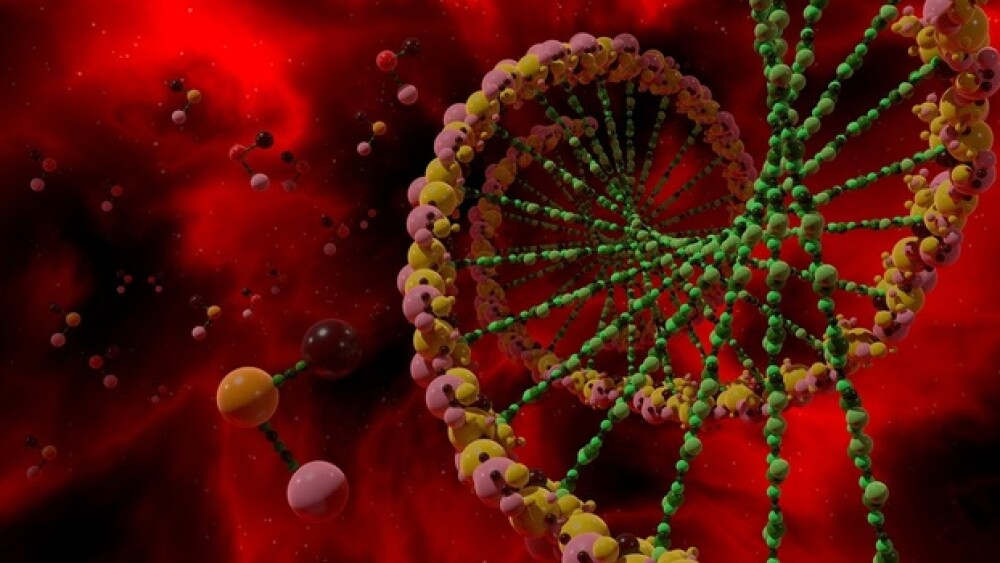He Jiankui, a researcher in Shenzhen, China, claims he utilized CRISPR-Cas9 gene editing to alter the DNA of embryos for seven couples. The gene editing was done to give the children protection from HIV, which each of the fathers carried.
He Jiankui, a researcher in Shenzhen, China, claims he utilized CRISPR-Cas9 gene editing to alter the DNA of embryos for seven couples.
CRISPR-Cas9 is a procedure that allows researchers to easily identify specific gene sequences, clip them out and replace them. The type of research He Jiankui is describing isn’t allowed in the U.S., and there is still quite a bit of uncertainty regarding the safety and permanence of CRISPR gene editing.
In Europe, CRISPR Therapeutics is beginning to treat patients using its CRISPR gene-editing tool to treat patients with beta-thalassemia. In the U.S., the University of Pennsylvania has an ongoing clinical trial using CRISPR for melanoma, sarcoma, and multiple myeloma.
He Jiankui’s work is different in that it reportedly was conducted on living embryos. He used CRISPR to disable a gene called CCR5. This gene creates a protein that allows HIV to enter a cell. All the men of the seven couples had HIV and the women did not. The gene editing’s goal wasn’t to prevent transmission of HIV, said He, because all seven men’s HIV infections were strongly suppressed by standard HIV drugs.
He claims that the editing was conducted to give the children protection, which sounds exactly like preventing transmission of HIV. The couples were recruited via a Beijing-based AIDS advocacy group, Baihualin.
The CRISPR editing was performed during in vitro fertilization (IVF). The sperm was “washed” to separate it from semen, where HIV is present. Then a single sperm was inserted into a single egg to create an embryo. Then the CRISPR-Cas9 gene editing tool was applied.
When the embryos were 3 to 5 days old, several cells were examined for editing. At that time the couple could choose whether to go ahead and use edited or unedited embryos for their attempted pregnancies. In total, 16 of 22 embryos were edited and 11 were used in six implant attempts. A twin pregnancy, to date, was achieved.
Tests show that one twin had both copies of the altered gene and the other twin had only one. There was no evidence of damage to the genes, according to He. Research suggests that an individual with a single copy of the gene can still acquire HIV, although there may be some health benefits.
At this time the research has not been published in a peer-reviewed scientific journal. He provided materials to the AP, who had several scientists review it. The reviewers believe the tests aren’t yet sufficient to say whether the editing worked or there is any harm, and that the editing appears incomplete.
He presented the research to one of the organizers of an international conference on gene editing in Hong Kong. “I feel a strong responsibility that it’s not just to make a first, but also make it an example,” He told AP. “Society will decide what to do next.”
It was not generally received positively by other scientists. Kiran Musunuru, a gene-editing expert and genetics journal editor at the University of Pennsylvania told AP, it was “unconscionable … an experiment on human beings that is not morally or ethically defensible.”
Eric Topol, who heads the Scripps Research Translational Institute in California, stated, “This is far too premature. We’re dealing with the operating instructions of a human being. It’s a big deal.”
On the other hand, George Church, of Harvard University, defended He’s work, noting that HIV was a “major and growing public health threat. I think this is justifiable.”
However, Church notes that if only some of the cells in the embryos were changed, HIV infection could still happen. “It’s almost like not editing at all.”
At least, if the stated goal failed, which begs the question of how you determine if it was successful. It’s not as if you would intentionally infect the children with HIV to find out. And long-term negative effects from the procedure, such as off-site editing mistakes, might not be observed for years.
He reportedly practiced the techniques on mice, monkey, and human embryos in the laboratory for several years. He has also applied for patents to cover the techniques.
There are some concerns as to whether the participants fully understood the ramifications of the research and whether He filed with the Chinese regulatory agency long after he actually began the work.
He Jiankui studied at Rice University in Houston and Stanford University before returning to the Southern University of Science and Technology of China in Shenzhen. He also has opened two commercial genetics companies. One of his professors at Rice, Michael Deems, worked with him on the project in China and holds “a small stake” in the two companies, as well as participating in their scientific advisory boards.
Deem argues that the technique is similar to a vaccine. “That might be a layman’s way of describing it,” he stated. He also believes the participants “absolutely” understood the risks.





